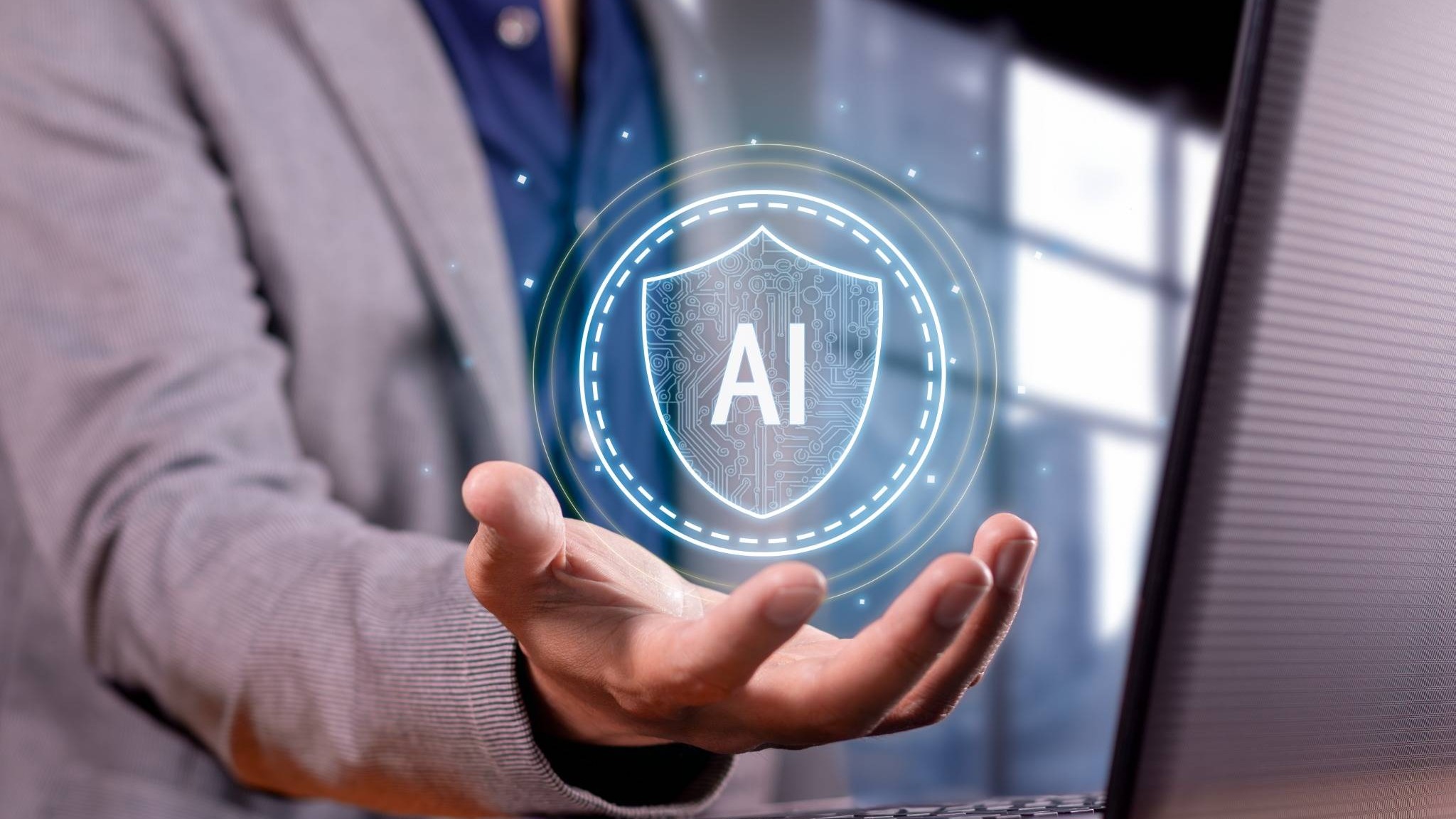
AI-Powered Tools: Guiding the Future of Work
Palantir Technologies stands at the forefront of a significant dramatic shift in the labor landscape, one that pivots on the synergy between artificial intelligence (AI) and human expertise. This intersection could redefine what it means to work in an increasingly automated environment. As AI continues to automate routine tasks, the prospect of empowering workers through sophisticated AI-powered tools emerges as a vital response to modern workplace challenges.
Embracing Automation: The Crucial Balance
Despite fears of job displacement, many workforce leaders view automation as an opportunity for productivity enhancement rather than merely a replacement of human workers. Indeed, a report from the World Economic Forum emphasizes that companies that adopt big data analytics are likely to increase their workforce in new productivity-oriented roles. Yet, paradoxically, only a minority expect automation to lead to new job creation.
Palantir's ethos, articulated by CEO Alex Karp, integrates these principles. He asserts that AI does not eliminate the need for human talent; rather, it amplifies human capabilities. This philosophy aligns with his view that ‘America’s blue-collar workforce,’ especially, can leverage AI to achieve unprecedented levels of efficiency.
Empowerment Through Upskilling
In an era dominated by digital transformation, organizations not only need to adopt innovative AI tools but also to invest in employee upskilling. As highlighted in Palantir's partnership with Airbus, integrating technology in a manner that empowers workers can yield significant returns. Employees equipped with AI tools can become more agile and adaptive, driving both personal development and organizational growth.
Moreover, initiatives such as training programs tailored for employees allow for a smoother transition into this tech-centric future, fostering an environment where career growth and enhanced performance are achievable goals for everyone.
Addressing Challenges: Navigating the AI Landscape
However, the road to this transformed future is not without challenges. While some embrace the transition, others express concerns about maintaining job security in the face of rapid technological changes. Organizations must tackle resistance through transparent communication and engaging dialogues that include not just leaders, but the workers themselves.
As digital tools evolve, companies must also navigate the ethical dimensions of AI use—ensuring that technology is leveraged to protect workers’ rights and foster safe working conditions.
The Call to Action: Collaborate for the Future
To maximize the benefits of AI in the workplace, collaboration is essential. HR professionals, operations leaders, and corporate trainers must work together to curate initiatives that prioritize meaningful employee engagement, technological literacy, and ethical employability standards. Furthermore, companies must openly acknowledge the ‘danger zone’ highlighted by Karp, ensuring that workers do not fall prey to technology’s pitfalls.
The future of work is not a foregone conclusion but is instead shaped by our collective choices today. By prioritizing the development of AI-powered tools, fostering a culture of upskilling, and ensuring a robust dialogue within the workforce, businesses can craft a future characterized by growth rather than fear.
 Add Row
Add Row  Add
Add 




Write A Comment